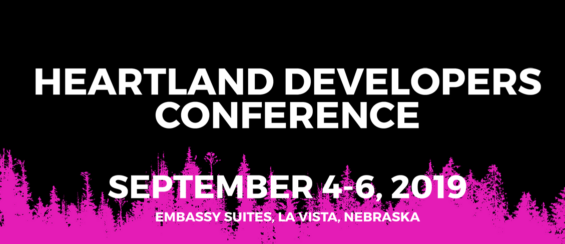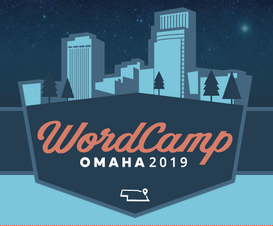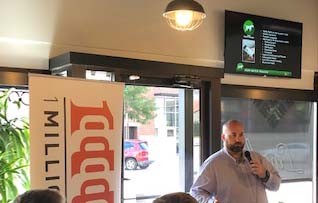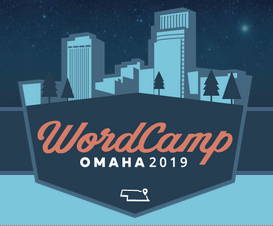Well if you made it to Wordcamp Omaha or Heartland Developers Conference you may have...
News
read more
Final Countdown to HDC 2019
You may be wondering why we're so excited to go to this years Heartland Developer...
CAN HDC 2019 Teaser
If you know the people at CAN you know we have a sense of humor. We had a little...
CAN at Word Camp Omaha 2019!
https://youtu.be/RP9MyYD3kUg Teaser for the surprise we have in store! August 24th at...
CAN at 1Million Cups Lincoln!
Justin presenting our Hemp Batch Tracking solution at 1 Million Cups in Lincoln...
CAN presenting at Word Camp Omaha 2019!
Justin Trowbridge - Business Development Officer Justin Trowbridge, our Business...
CAN presenting at 1Million Cups Lincoln 8/14/19
Contemporary Analysis has been working on our solution Inventory Batch Tracker for the...
Data Hierarchy E-book
The Data Hierarchy series E-book is now available for download! We hope you enjoyed...
CAN at Heartland Developer Conference 2019!
Justin Trowbridge, Business Development Officer for CAN, will be speaking AIM's...








